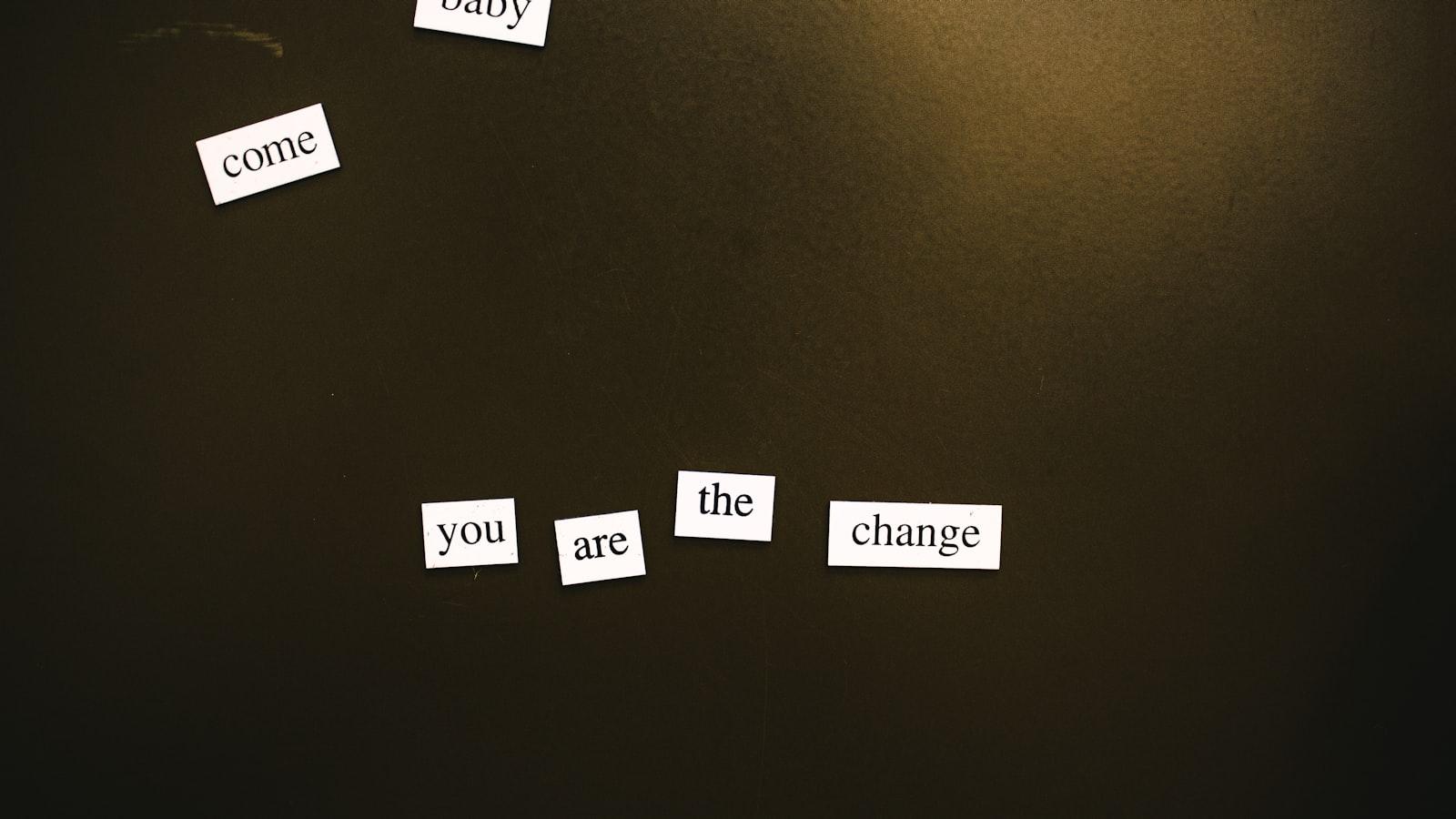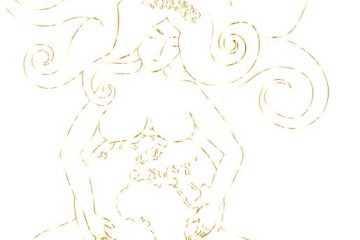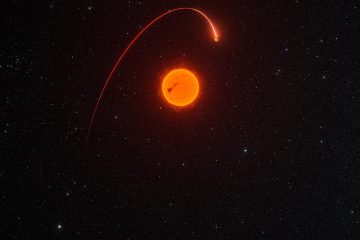In a world where science meets spirituality, the Gaia Hypothesis emerges as a captivating concept that sparks curiosity and challenges our perceptions of the planet we call home. Delving into the intricate interconnectedness between Earth’s living organisms and its physical environment, this hypothesis offers a fresh perspective on the planet as a complex, self-regulating system. Join us on a journey to explore the essence of the Gaia Hypothesis in simple terms, unraveling the profound interconnected web that binds all life on Earth. Brace yourself for a thought-provoking adventure where science and wonder intertwine to unveil the beauty and mystery of our remarkable planet.
Table of Contents
- Understanding the Gaia Hypothesis: A Simplified Overview
- Exploring the Interconnectedness of Gaia: Nature and Earth
- Practical Ways to Embrace Gaia Hypothesis in Everyday Life
- Inspiring Change: Gaia Hypothesis and Sustainable Practices
- Q&A
- Key Takeaways
Understanding the Gaia Hypothesis: A Simplified Overview
The Gaia Hypothesis proposes that the Earth functions as a self-regulating organism to maintain environmental conditions suitable for life. It suggests that all living organisms and their inorganic surroundings on Earth are closely integrated to form a complex system that can be likened to a single organism.
This hypothesis challenges traditional views of Earth as a passive environment by suggesting that life itself plays an active role in shaping and maintaining the conditions necessary for its survival. It emphasizes the interconnectedness and interdependence between living organisms and their environment, highlighting the intricate balance that exists in nature. The Gaia Hypothesis invites us to rethink our relationship with the planet and consider the profound impact of our actions on the delicate equilibrium of life on Earth.

Exploring the Interconnectedness of Gaia: Nature and Earth
Nature’s intricate web connects all living beings, fostering a delicate balance that sustains life on Earth. The Gaia hypothesis proposes that our planet is a self-regulating system, where organisms and their environment function as a synergistic whole. This theory suggests that Earth behaves like a single, self-regulating organism, maintaining conditions favorable for life.
The interconnectedness of Gaia reveals the profound relationships between different elements of nature. From the smallest microorganisms to the towering trees, each entity plays a crucial role in the grand symphony of life. By embracing the interconnectedness of Gaia, we acknowledge our responsibility to nurture and protect the Earth, ensuring a harmonious existence for future generations. Let’s cherish and respect this interconnected web that sustains us all, for we are but threads in the intricate tapestry of Gaia.
Practical Ways to Embrace Gaia Hypothesis in Everyday Life
Incorporating the essence of the Gaia Hypothesis into our daily routines can bring a deeper connection with nature and foster a sense of harmony with the environment. One practical way to do this is by incorporating more plant-based meals into your diet. By choosing to enjoy a variety of fruits, vegetables, legumes, and whole grains, you not only support your health but also contribute to the well-being of the planet by reducing your carbon footprint.
Moreover, nurturing indoor plants can also be a simple yet impactful way to embrace the Gaia Hypothesis in your everyday life. Bringing a touch of nature indoors not only enhances the aesthetics of your living space but also helps improve air quality and overall well-being. Whether you opt for lush leafy plants or vibrant flowers, caring for them mindfully can serve as a gentle reminder of our interconnectedness with the earth.
Inspiring Change: Gaia Hypothesis and Sustainable Practices
The Gaia Hypothesis proposes that the Earth functions as a complex, self-regulating system that maintains conditions suitable for life to thrive. It suggests that the Earth and all living organisms are interconnected, forming a single, self-regulating entity. By emphasizing the importance of maintaining balance and harmony with nature, this hypothesis encourages us to consider the impact of our actions on the planet.
Embracing sustainable practices is key to nurturing our planet and ensuring a brighter future for generations to come. By reducing waste, conserving energy, and promoting biodiversity, we can play a vital role in supporting the delicate balance of Earth’s ecosystems. Here are some simple yet impactful ways to incorporate sustainable practices into your daily life:
- Reduce, reuse, and recycle to minimize waste.
- Conserve energy by turning off lights and electronics when not in use.
- Support local farmers and businesses to promote community sustainability.
Q&A
Q: What is the Gaia Hypothesis in simple terms?
A: The Gaia Hypothesis proposes that the Earth functions as a single, self-regulating system where living organisms and their inorganic surroundings coexist and interact to maintain the conditions necessary for life.
Q: Who proposed the Gaia Hypothesis?
A: The Gaia Hypothesis was proposed by scientist James Lovelock and biologist Lynn Margulis in the 1970s.
Q: How does the Gaia Hypothesis relate to environmental science?
A: The Gaia Hypothesis emphasizes the interconnectedness of all living and non-living components of the Earth, highlighting the delicate balance required to sustain life on our planet. It underscores the importance of conservation and sustainability in maintaining a healthy environment.
Q: What are some examples of Gaia Hypothesis in action?
A: Examples of the Gaia Hypothesis in action include the regulation of atmospheric oxygen levels by plants and phytoplankton, the stabilizing effect of the ocean’s currents on global climate, and the feedback mechanisms that control Earth’s temperature range.
Q: How has the Gaia Hypothesis influenced modern ecological thinking?
A: The Gaia Hypothesis has influenced modern ecological thinking by promoting a holistic approach to studying ecosystems and emphasizing the profound interconnectedness of all life forms on Earth. It encourages us to view our planet as a complex, self-regulating system that requires our respect and stewardship.
Key Takeaways
As we unravel the intricate tapestry of the Gaia Hypothesis, we embark on a journey that connects us deeply with our planet Earth. Just as every thread plays a vital role in weaving a masterpiece, every ecosystem, every organism, and every interaction on our planet contributes to the harmony of Gaia. Let us continue to explore the wonders of this hypothesis, fostering a profound respect for the interconnectedness of all living beings. May our understanding of Gaia inspire us to nurture and protect this precious home we call Earth, ensuring a sustainable and prosperous future for generations to come. Embrace the wisdom of Gaia, for within it lies the essence of our shared existence. Thank you for joining us on this enlightening exploration.



0 Comments